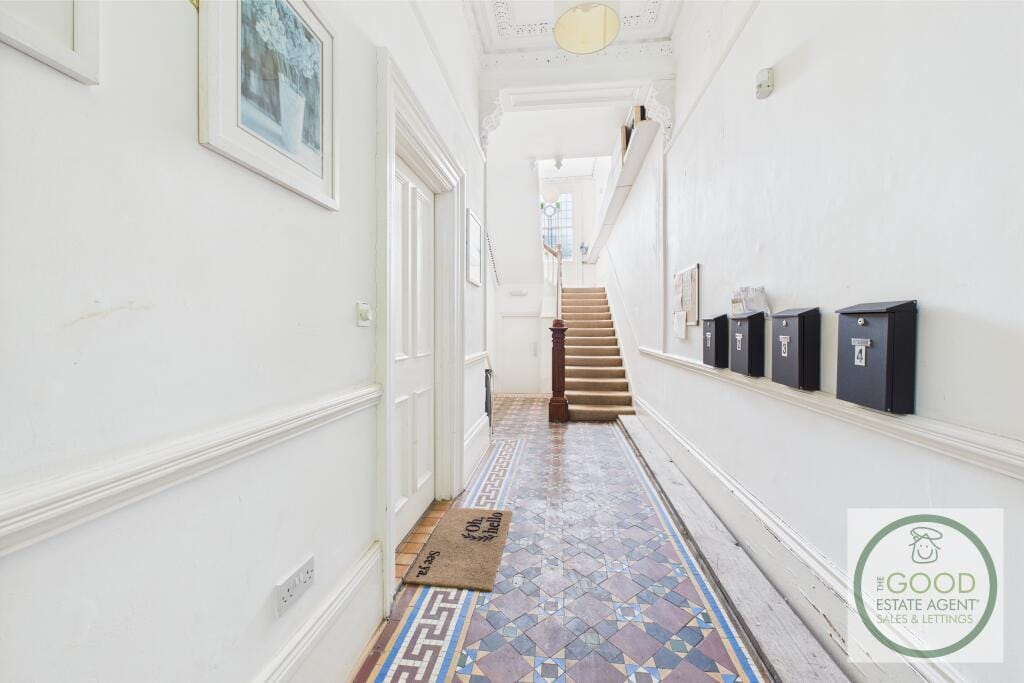- The Data Capital
- Posts
- North East Showdown: Is Sunderland the Smarter Bet Than Newcastle for Property Investors?
North East Showdown: Is Sunderland the Smarter Bet Than Newcastle for Property Investors?

Good morning.
Last week, we explored what's happening in the North East — and how it's now outpacing London in rent growth.
We focused on Newcastle, so if you missed it, be sure to catch up.
This week, in part two of our North East edition, we're turning our attention to Sunderland — another key city in the region.
I'm excited to dig into the data, compare both cities, and see who really holds the crown as the King of the North.
Let’s dive in.
The Data Snapshot Comparison: Sunderland and Newcastle
Area: Sunderland
Population Growth: -0.5% between 2011 -2021 (1.45% between 2022-2025)
Unemployment: 4.1% (vs national avg. 4.2%)
Transport: Direct trains to London (approx. 3 hours 17 minutes, 13 trains/day)
Home Ownership: 59.8% owner-occupied
Affordability: Avg. price £144,000
New Developments: Sunderland is undergoing a £2 billion regeneration, marking one of the most ambitious transformations in its history.
Area: Newcastle upon Tyne
Population Growth: +7.1% in the past 10 years (2011–2021), reaching over 300,000—the largest increase in the North East (1.96% between 2022-2025)
Unemployment: 5% (vs national avg. 4.2%)
Transport: Well-connected by bus and rail; regular services to London (approx. 3 hours by train), plus extensive local bus and Metro routes
Home Ownership: North East average at 48.9%
Affordability: Avg. price £237,483
New Developments: Up to 375 new low-energy homes planned, with a focus on sustainability and community spaces
New here? Get your free insights from The Data Capital newsletter.

North East Showdown: Is Sunderland the Smarter Bet Than Newcastle for Property Investors?
What does all this mean for investors? 🤔
Last week, we dove into Newcastle—a city that's been making noise with a 9.4% rent increase this year.
But today, let’s head 12 miles southeast and shine a light on its quieter neighbour: Sunderland.
At first glance, Sunderland might not shout as loud. Its population dipped slightly between 2011 and 2021—but interestingly, that's already turning around, with a 1.45% growth predicted between 2022 and 2025.
Pair that with a £2 billion regeneration plan, and suddenly things get a lot more interesting.
Sunderland and Newcastle Data Compared
Category | Sunderland | Newcastle upon Tyne |
|---|---|---|
Population Growth | -0.5% (2011–2021) | +7.1% (2011–2021) |
Unemployment | 4.1% (vs national avg. 4.2%) | 5% (vs national avg. 4.2%) |
Transport | Direct trains to London (3h 17m, 13 trains/day) | Rail: Regular 3h trains to London |
Home Ownership | 59.8% owner-occupied | 48.9% (North East average) |
Affordability | Avg. price: £144,000 | Avg. price: £237,483 |
New Developments | £2 billion regeneration project—one of the most ambitious in its history | Newcastle University’s £500 million Health Innovation Neighbourhood Hub is set to establish the city as a centre for health and longevity research. |
Compare that to Newcastle, which has seen a strong +7.1% growth over the past decade and continues to inch upward.
It’s still the regional heavyweight in terms of visibility and prestige—home to a buzzing student population, a tech-forward economy, and decent transport links.
But it comes at a price: average house prices sit around £237,000, compared to Sunderland’s very approachable £144,000.
Now here’s where it gets fun for us data-minded investors.
Newcastle is likely to remain the more 'liquid' and competitive market—with rising demand and strong fundamentals, especially for professionals and students.
But affordability is tightening. Yields may get squeezed if property values keep rising faster than rents.
Sunderland, on the other hand, feels a bit like buying in early. The market's quieter, yes—but that’s often where opportunities are born.
With over half the population owning their homes (almost 60%), and a major regeneration push bringing new homes, jobs, and infrastructure, Sunderland is quietly setting the stage for long-term growth.
Top Property Picks This Week

Price: £50,000
Beds/Baths: 1 Bed / 1 Bath
Expected Monthly Income: £450 (as per current tenancy agreement)
Expected Monthly Expenses:
Mortgage Interest (4.2% interest-only on £37,500 loan): £131.25
Service Charge: £75
Total: £206.25
Expected Monthly Cash Flow: £243.75
Expected Cash-on-Cash Return: 11.7%

Price: £69,950
Beds/Baths: 1 Bed / 1 Bath
Expected Monthly Income: £486
Expected Monthly Expenses:
Mortgage Interest (4.2% interest-only on £52,462.50 loan): £183.62
Service Charge: £75
Total: £258.62
Expected Monthly Cash Flow: £227.38
Expected Cash-on-Cash Return: 4.4%

Price: £75,000
Beds/Baths: 2 Beds / 1 Bath
Expected Monthly Income: £525
Expected Monthly Expenses:
Mortgage Interest (4.2% interest-only on £56,250 loan): £196.88
Total: £196.88
Expected Monthly Cash Flow: £328.12
Expected Cash-on-Cash Return: 6.3%

Price: £95,000
Beds/Baths: 2 Beds / 1 Bath
Expected Monthly Income: £525
Expected Monthly Expenses:
Mortgage Interest (4.2% interest-only on £71,250 loan): £249.38
Total: £249.38
Expected Monthly Cash Flow: £275.62
Expected Cash-on-Cash Return: 4.4%
BOTTOM LINE
So what’s the play?
If you're looking for cash flow now and solid long-term upside, Sunderland could be a smart, contrarian move—especially if you pick the right neighbourhoods near transport or new developments.
If you’re after steady capital appreciation in an already growing hub, Newcastle might be the safer bet—just be ready to pay the premium.
Either way, the North East isn’t just catching up—it’s making moves. And for investors with a data-first mindset, that’s a signal worth watching.
Tip Of The Week
“Know Your True Monthly Profit”
Always calculate net monthly cash flow by factoring in mortgage interest, service charges, and other expenses. Gross rent means nothing without the costs.
YOUR FEEDBACK MATTERS:Let us know what you think! |
Reply